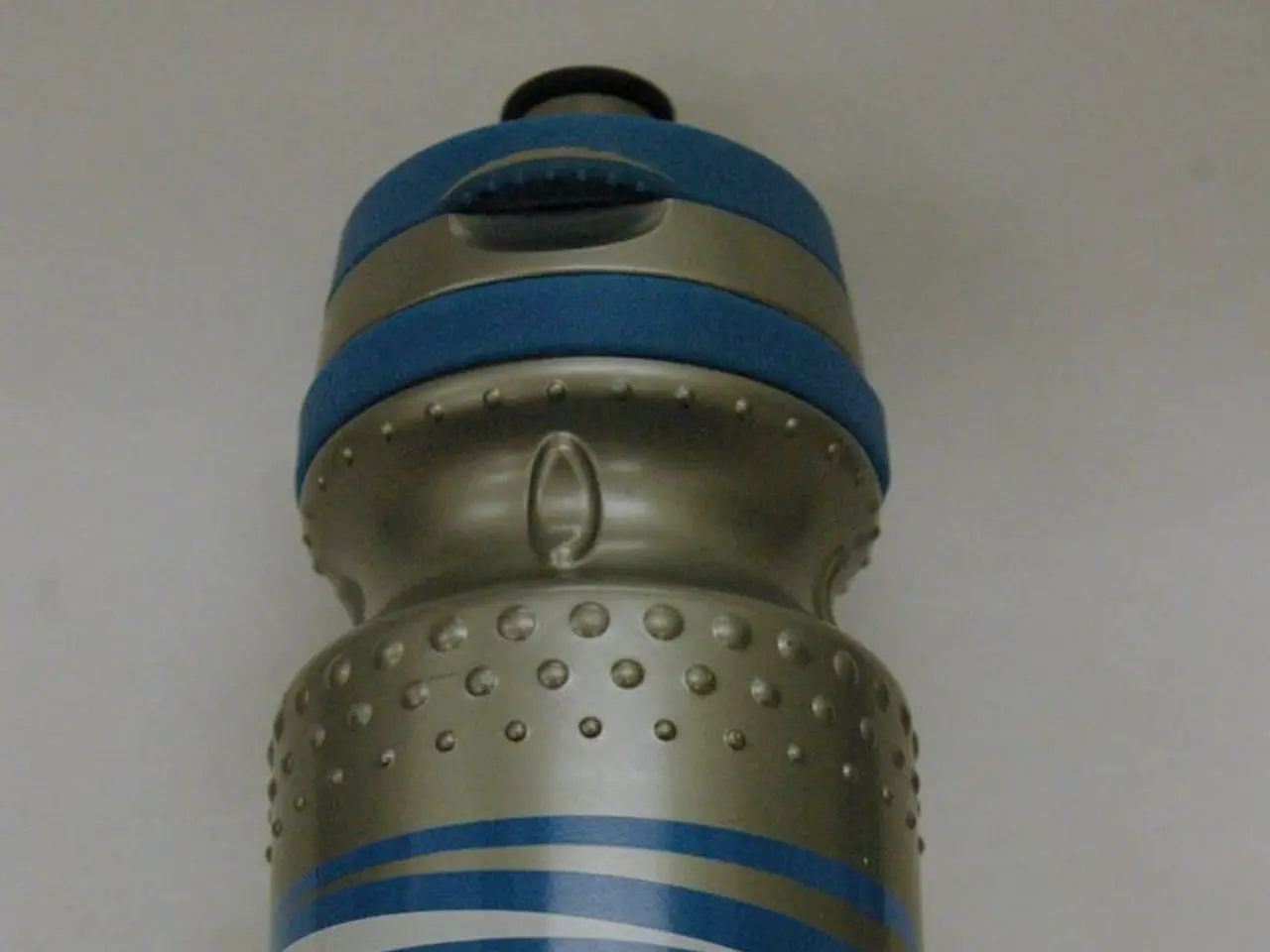Arsenic Experiment Triggers Wide-Ranging Reaction by Authorities - Arsenic experiment triggers extensive policestandoff or Experiment with arsenic leads to large-scale police encirclement
In the municipality of Wetter (Ruhr), located within the Ennepe-Ruhr-Kreis, a 58-year-old resident found himself at the centre of an unusual incident. On a Sunday, the man, engaged in personal experiments, accidentally came into contact with arsenic, a highly toxic metalloid.
The incident led to a major operation at a specialized clinic, where the man underwent treatment. The fire department was also involved, decontaminating the man as part of the operation. The man, aware of the seriousness of his condition, called the fire department himself when he began to feel unwell after the arsenic exposure.
Thankfully, the other residents of the building on West Street did not have to leave their homes during the operation. The man's apartment and the basement of the building were checked for other hazardous substances, but none were found.
The acquisition and use of arsenic in Germany are strictly regulated under the European Union’s REACH Regulation (EC 1907/2006). This regulation controls the Registration, Evaluation, Authorization, and Restriction of Chemicals to protect human health and the environment. Arsenic and arsenic compounds are restricted substances, for example, as wood preservatives and in other applications due to their toxicity.
Any person or organization wishing to obtain arsenic, including for experimental purposes like those in the case of the man from Ennepe-Ruhr-Kreis, must comply with these regulations. This generally involves obtaining proper authorization or registration if required, using arsenic only within allowed limits and specified contexts, ensuring safe handling, storage, and disposal, and possibly undergoing governmental or occupational safety oversight depending on the nature and quantity of arsenic acquired.
Arsenic compounds such as arsenous oxide are highly toxic and are no longer approved for many uses due to their health risks. Handling arsenic experimentally requires stringent safety protocols, proper training, and adherence to workplace chemical safety laws in Germany, which align with EU directives.
This incident serves as a reminder of the critical role these regulations play in preventing unauthorized access and ensuring safe management, especially in experimental or industrial contexts. Accidental exposure to arsenic can cause significant health hazards, reinforcing the need for strict regulations and safety protocols.
[1] European Chemicals Agency. (n.d.). REACH - Registration, Evaluation, Authorisation and Restriction of Chemicals. Retrieved from https://echa.europa.eu/regulations/reach
[3] European Chemicals Agency. (n.d.). Arsenic. Retrieved from https://echa.europa.eu/substances-evaluated-under-reach/list-of-evaluated-substances/arsenic
- In light of the incident in Wetter (Ruhr), it is crucial for individuals planning to handle arsenic, even for experimental purposes, to abide by the European Union's REACH Regulation, ensuring they have the necessary authorization and adhere to safety protocols for the protection of human health and the environment.
- Given the health risks associated with arsenic compounds such as arsenous oxide, it is essential for those seeking to experiment with this toxic substance to understand and comply with stringent safety guidelines, workplace chemical safety laws, and proper training in Germany, aligning with EU directives.




